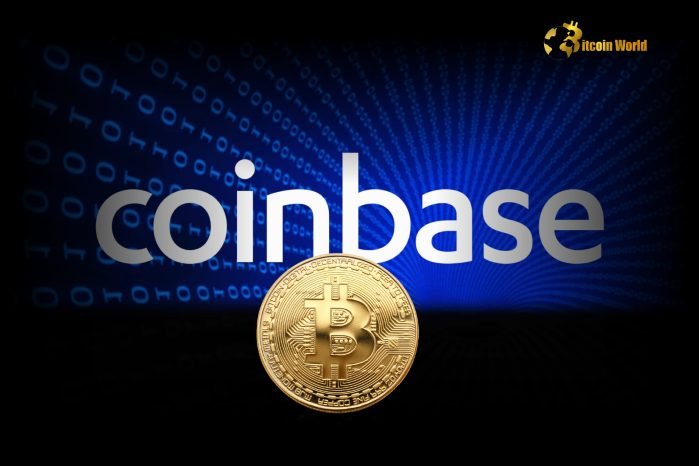What is Bitcoin Mining? Understanding the Process, Rewards, and Impact
Bitcoin mining is the backbone of the Bitcoin network, a process where transactions are validated, new Bitcoins are created, and security is maintained across the decentralized network. For those new to cryptocurrency, the concept of mining can seem complex. This article breaks down what Bitcoin mining is, how it works, and why it’s crucial to the Bitcoin ecosystem.
What is Bitcoin Mining?
Bitcoin mining is the process of validating and adding new transactions to the Bitcoin blockchain, a decentralized ledger where all Bitcoin transactions are recorded. Miners perform complex computations to secure the network and maintain its integrity. This process involves solving mathematical problems, which helps ensure transactions are legitimate and prevents double-spending, a common issue in digital currencies.
Miners are rewarded with newly created Bitcoins and transaction fees, which incentivizes them to contribute computing power to the network. Currently, miners receive 6.25 BTC per block, but this reward halves approximately every four years in an event called the Bitcoin halving.
How Bitcoin Mining Works
Here’s a step-by-step look at how Bitcoin mining works:
Transaction Verification: When Bitcoin transactions are made, they need to be validated. Miners collect these pending transactions and group them into blocks.
Solving Cryptographic Puzzles: Each block has a unique cryptographic puzzle. Miners compete to solve this puzzle using a proof-of-work (PoW) algorithm. The first miner to solve the puzzle wins the right to add the block to the blockchain.
Adding Blocks to the Blockchain: The successful miner adds the block of transactions to the blockchain, creating a permanent record. This process helps ensure that Bitcoin transactions are secure and irreversible.
Reward and Transaction Fees: For each block successfully mined, miners receive a reward (currently 6.25 BTC) along with the transaction fees for that block. This reward decreases over time due to the halving mechanism.
The Importance of Bitcoin Mining
Mining serves several key functions in the Bitcoin ecosystem:
Security: Mining makes the network secure by requiring significant computing power to alter any past transactions, deterring fraudulent actions.
Decentralization: Mining is distributed worldwide, ensuring that no single entity controls the Bitcoin network.
Scarcity: Bitcoin has a fixed supply of 21 million coins, controlled through mining and the Bitcoin halving events, making it a scarce digital asset.
Why Bitcoin Mining Requires High Energy Consumption
Bitcoin mining consumes substantial energy due to the high computational power needed for proof-of-work. As more miners join the network, the difficulty level of mining increases, requiring even more energy. Miners use specialized hardware called ASICs (application-specific integrated circuits) to perform these calculations efficiently.
While energy-intensive, mining is critical for Bitcoin’s security. However, there are ongoing efforts to address the environmental impact, with a shift toward renewable energy sources and efficient mining practices.
Is Bitcoin Mining Profitable?
Bitcoin mining profitability depends on various factors:
Bitcoin Price: Higher Bitcoin prices make mining more profitable.
Energy Costs: Since mining is energy-intensive, lower electricity costs improve profitability.
Mining Hardware Efficiency: The latest ASICs are more energy-efficient and can reduce costs.
Mining Pools: Many individual miners join mining pools, combining resources to improve chances of earning rewards. In a pool, rewards are split among participants based on contributed computing power.
Bitcoin Halving and Its Impact on Mining
Bitcoin mining rewards are halved approximately every four years to control the Bitcoin supply. The latest halving event reduced the reward from 12.5 BTC to 6.25 BTC per block. The next halving will bring this down further, reducing the number of Bitcoins entering circulation.
This halving event increases Bitcoin’s scarcity, as only 21 million Bitcoins will ever exist. Halvings historically affect Bitcoin’s price, often leading to price increases due to reduced supply. For miners, halvings impact profitability but are crucial for long-term Bitcoin value.
Challenges and Environmental Impact of Bitcoin Mining
While Bitcoin mining is essential, it poses several challenges:
High Energy Consumption: Mining uses significant electricity, raising concerns about environmental impact. Efforts are being made to switch to renewable energy sources and improve mining hardware efficiency.
Mining Difficulty: The network adjusts mining difficulty based on the number of miners. As competition increases, miners need more powerful hardware, increasing costs.
Regulatory Concerns: As cryptocurrency adoption grows, governments worldwide are exploring regulations that could impact mining operations, from taxation to environmental restrictions.
The Future of Bitcoin Mining
The future of Bitcoin mining looks promising as technology advances, allowing for more energy-efficient and sustainable solutions. Innovations in renewable energy and sustainable mining practices are expected to lessen the environmental impact. Additionally, the evolution of Layer 2 solutions like the Lightning Network could help reduce the need for high energy by moving smaller transactions off the main Bitcoin blockchain, enhancing scalability and efficiency.
Conclusion
Bitcoin mining is a foundational process that upholds the integrity, security, and decentralization of the Bitcoin network. While it consumes considerable energy and faces profitability challenges, mining is crucial to Bitcoin’s scarcity and value. As technology advances, we can expect improvements in mining efficiency and sustainability, ensuring Bitcoin’s place as a leading digital asset.
For those interested in Bitcoin mining, it’s essential to weigh the initial investment in hardware, energy costs, and the overall market conditions. With Bitcoin’s halving events adding an element of scarcity, mining remains a high-risk, high-reward endeavor but a pivotal part of the broader cryptocurrency landscape.





